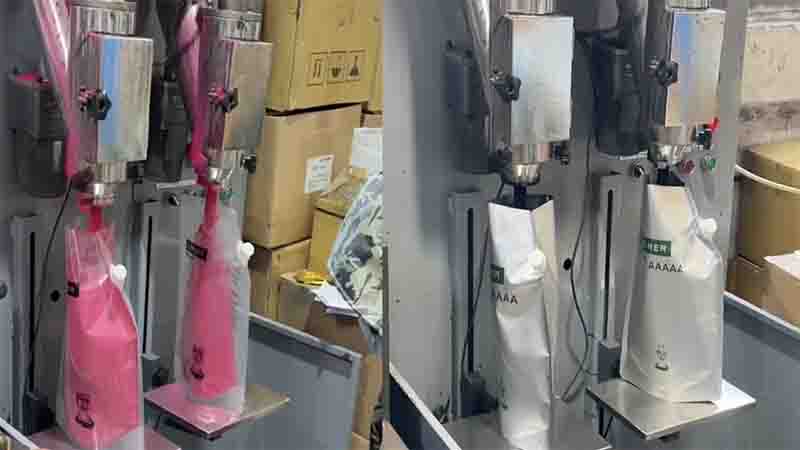
In the world of modern printing, where crisp documents and vibrant images are in high demand, the role of toner powder cannot be overstated. Whether you’re printing that crucial business proposal or capturing cherished memories in a family photo album, understanding the components of toner powder is key to appreciating its importance in the printing process. In this article, we’ll take a closer look at the fascinating world of toner powder and the essential components that make it an indispensable part of laser printing.
The Toner Powder Primer
Toner powder is the ink of laser printers. Unlike traditional inkjet printing, where liquid ink is used, laser printers employ toner powder, a dry, fine substance that plays a pivotal role in creating the text and images on your printed pages.
The Core Components of Toner Powder
Toner powder isn’t just any finely ground substance; it’s a carefully engineered blend of essential components that work together seamlessly to produce high-quality prints. Here are the key components:
1. Toner Particles: At the heart of toner powder are the tiny, precisely manufactured toner particles. These particles are typically made of plastic resin, which serves as the base material for carrying the color and forming the printed image.
2. Pigments or Colorants: The color in toner powder comes from pigments or colorants. These are finely ground particles that provide the toner with its distinct color. Common pigments include cyan, magenta, yellow, and black. The choice of pigments determines the toner’s color.
3. Charge Control Agents: Toner particles must carry an electrical charge to interact with the printer’s components effectively. Charge control agents are responsible for ensuring that toner particles maintain the correct charge, enabling them to be attracted to the photoreceptor or drum in the laser printer.
4. Release Agents: To prevent toner particles from clumping together during storage and transportation, release agents are added. These agents help maintain the flowability of toner powder, ensuring that it can be evenly distributed onto the page during the printing process.
5. Fusing Agents: The fusing agents in toner powder play a crucial role in the printing process. After the toner is transferred to the paper, it passes through the fuser assembly, where heat and pressure are applied. The fusing agents ensure that the toner particles adhere firmly to the paper, producing a permanent image.
6. Additives: Various additives may be included in toner powder to enhance its properties. These can include compounds to improve toner flow, reduce friction, or enhance print quality.
The Printing Process
Understanding the components of toner powder is essential for grasping the laser printing process:
- Charging: Inside the laser printer, the toner particles are given an electrical charge by the charge control agents.
- Imaging: A laser beam or LED array is used to create an electrostatic image on the photoreceptor or drum. This image corresponds to the content of the document to be printed.
- Development: The charged toner particles are attracted to the electrostatic image on the photoreceptor, forming the desired text and images.
- Transfer: The toner image is transferred from the photoreceptor onto the paper or other printing material.
- Fusing: The paper with the transferred toner passes through the fuser assembly, where the heat and pressure applied by the fusing agents bond the toner particles permanently to the paper.
In Conclusion
Toner powder is the unsung hero of laser printing, a vital component that silently delivers crisp, vibrant, and permanent prints. Its precise blend of toner particles, colorants, and additives ensures that your documents and images come to life on the page. Next time you hit that print button, take a moment to appreciate the intricate dance of components within your toner cartridge, working together to bring your ideas and memories to life.
